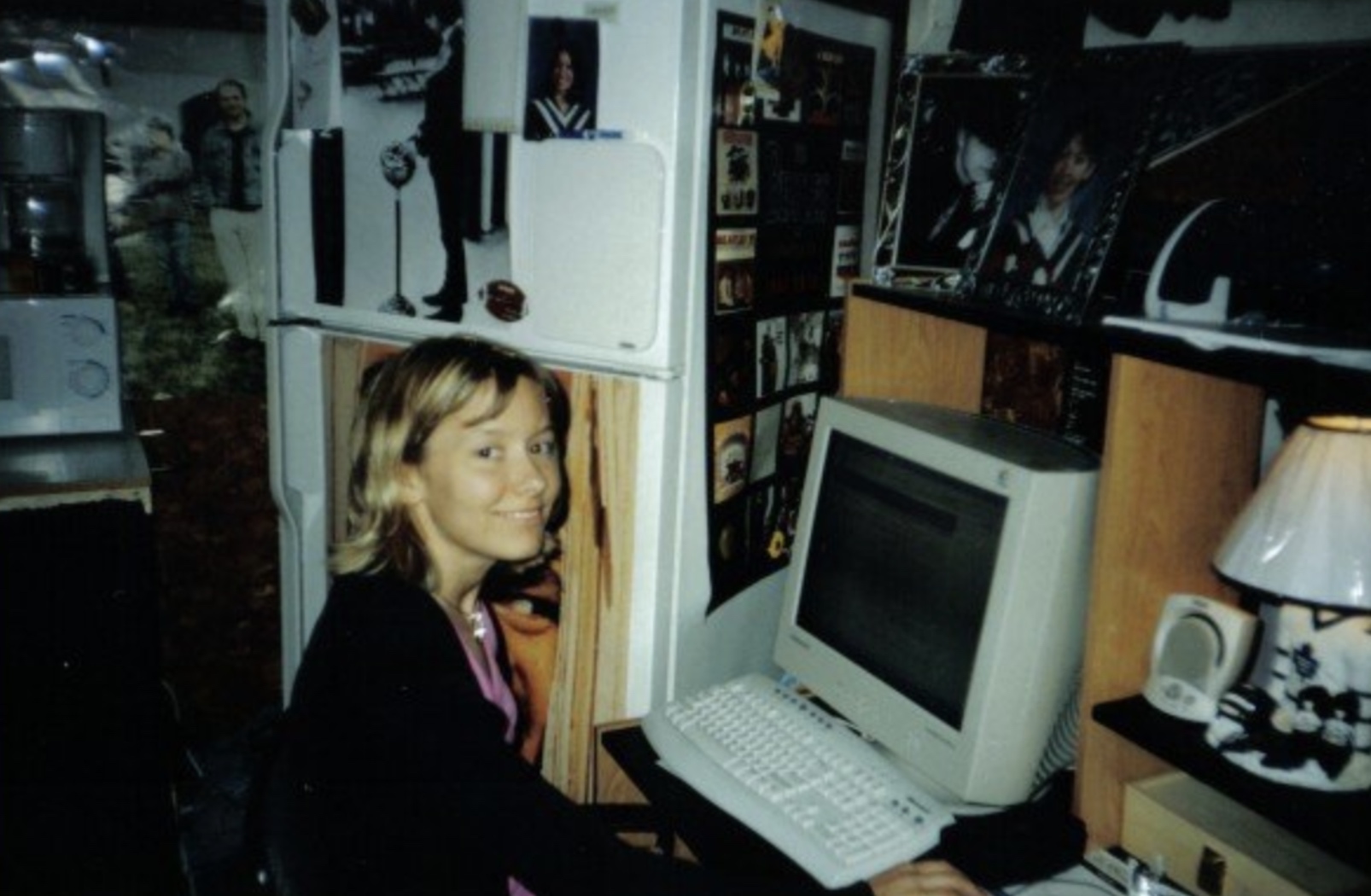
Articles
Change is a Constant. But Your Business Can Get Ahead of It and Come Out Winning.
April 22, 2022

As an SMB entrepreneur, you know that change is a constant. Because it’s not just on a macro/global scale. When you’re running a business, you’re forced to react to changes and fluctuations in your operations almost daily. And sure, it can be hard to keep pace and know what’s coming next. But that doesn’t mean you shouldn't start putting strategies into place that will better equip you to absorb those changes proactively instead of playing defense.
That’s Allyson “The Wolf” Caffrey's specialty. She’s the founder and CEO of Operations Agency, a member of our Process People community, and a Trainual Certified Consultant.
Allyson is referred to as “The Wolf” among her clients because she knows how to clean up a business mess and get things done. So, we invited her on the Organize Chaos podcast to share her best advice for pivoting operations — and aligning with upcoming trends — in 2022.
In this episode, she talks about remote work, the Metaverse, and how to make process improvement part of your company's DNA:
1. Embrace hybrid work and foster community.
First and foremost, flexible work environments are not going away. And now that WFH employees know that companies can operate virtually with little to no consequence, they’re more reluctant to start up a daily commute and give up their work-life balance.
Allyson believes this gives employees a bargaining chip in the relationship. And if you want to keep the amazing talent you have working for your company, you might need to embrace hybrid work.
At the same time, she says leaders need to be intentional with their employees' time together. And most importantly, the time they spend time outside of operating the business.
“Because [hybrid employees] natively spend less time together, you need to be intentional with [the] time [when they are together] — whether it's an in-person meeting, retreat, or a planning session.” – Allyson “The Wolf” Caffrey, Founder and CEO of Operations Agency
For example, Allyson suggests stretching out any long-form online meeting — like your annual planning — over a week versus a few days. That way, you make time for virtual rest and relationship-building activities.
“[You only want] someone to be present for one to two hours of core planning from a virtual perspective. Then, it can just be for the fun stuff when you get together,” Allyson explained. And the “fun stuff” could include in-person meetups depending on your work style.
To sustain great relationships between big meetings, Allyson suggests having employees start and manage their team building events. For example, many of her clients host online Mario Kart tournaments, and her company even has a virtual book club.
“Our book club is nice for [getting together] about something other than work,” she told us. AKA, it doesn’t matter what they meet on, “it’s just [to have] a conversation.”
If you haven’t yet, it’s time to pivot to a hybrid or a flexible work environment. And when your teams do get together, make sure it’s intentional and includes time spent outside of work tasks. That way, you encourage employees to build closer relationships, feel part of a real community, and open pathways for more collaboration.
2. Learn about the Metaverse and how to implement it.
There’s a good chance you’ve heard about the Metaverse. But you’re probably not sure how your business fits into it. And Allyson encourages everyone to flip that mindset.
“In one way or another, [the Metaverse] will affect every business. And I think it's smart for people to start learning about it.”
Allyson sees coaching and mastermind businesses as the first ones to adapt. But inevitably, more companies will benefit from gathering large groups in an intimate, virtual setting.
“[Mastermind groups] haven't been able to get together for two years, so I think they’ll be the first people to demo [the Metaverse],” she predicted. But she can also see it as a training tool for other small businesses.
“I'm working with a company who [is standardizing their safety training] with Trainual, and I'm thinking, what if someone could drive a forklift [in the Metaverse] before they drove a forklift [in real life]?” Allyson shared. But she could also see it work with commercial driving licenses and pilot training.
At the same time, Allyson is also hesitant to jump all in. “I encourage keeping some balance because I don't want [to get to a place] where I don’t even need to do my hair, brush my teeth, or shower to be with a client or coworker,” she explained.
All that’s to say: start exploring and learning about the Metaverse today so that you’re ready to pivot when it starts going mainstream.
3. Get every employee motivated to update processes.
Thanks to constant change, your business will continually need to update processes and adapt. But how do you get your team to update SOPs and create a process-improving culture?
According to Allyson, it starts with making process creation part of your employees' core responsibilities. “If you do any responsibility mapping, [add the] role of creating processes out of the [tasks] that they do,” she explained.
Then, add goals around that responsibility. “At the very least, [you can suggest] creating one new process a week,” Allyson shared. And she even monetarily incentivizes her leadership team to create new processes and workflows.
“I think monetarily incentivizing your team to [create new processes] is extremely wise. Because whatever [you’re paying employees] is worth less than what they're contributing from the process perspective.”
Above all, Allyson wants business leaders to face change with objectivity. She believes that things don’t happen to us; they happen for us. And if you can start leaning into those changes now and pivot accordingly, you’ll be ready to take on whatever change comes next.
Similar Blog Posts










